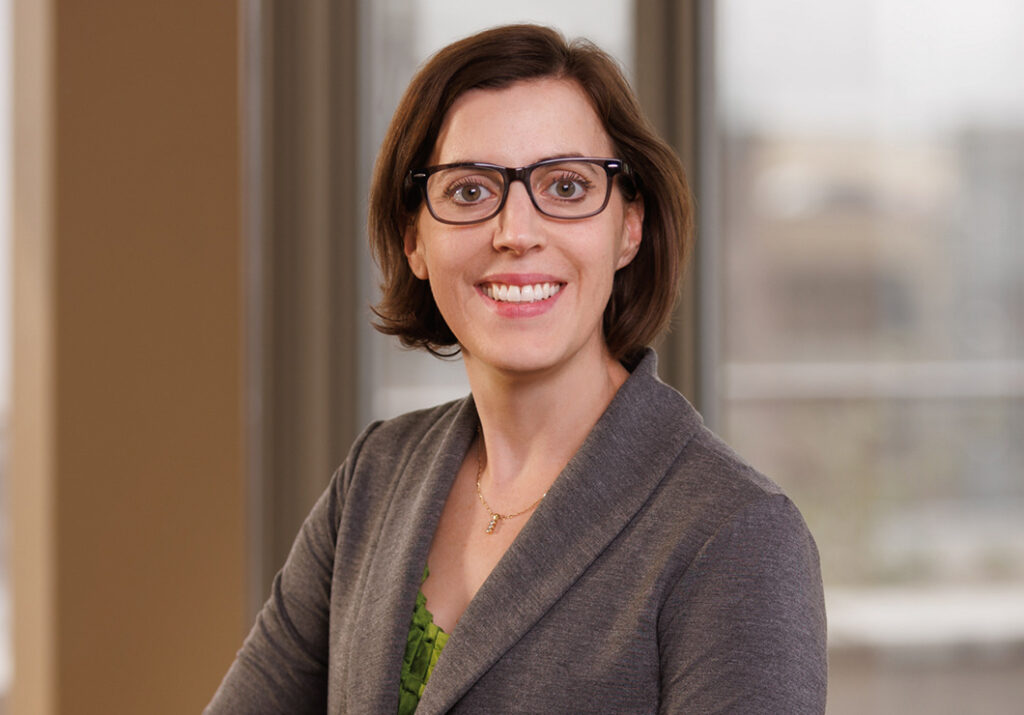Ever since the Family Law Act S.B.C. 2011, c. 25 came into force in British Columbia, the definition and determination of which relationships are considered to be “marriage-like” and therefore meeting the definition of “spouses” as set out in the act has become a high stakes endeavor.
The question is an important one because for those couples that are unmarried, if they are found to be living in a marriage-like relationship for a continuous two-year period as it is defined in section 3(1) of the Family Law Act, it allows standing for claims to property division and spousal support.
Meanwhile, the caselaw has not necessarily served to clarify the criteria or made it any easier for lawyers who practice family law to provide advice. Although many cases do provide a list of factors, the court is also clear in the cases that a “holistic” approach needs to be considered and it is not simply a matter of going through a checklist.
One would think that the most important factor would be cohabitation but that factor is clearly not determinative or even necessary. In the case Dey v. Blackett 2018 BCSC 244 the judge found that the parties lived in the same residence for more than two years, they shared sleeping arrangements and had a sexual relationship, they returned to the same residence on a daily basis, and carried out domestic duties together. They represented themselves to those they knew as a romantically involved couple. However, there was a marked absence of financial interdependence that the court found to be indicative of a lack of intention to live in a “marriage-like relationship” so in the end the judge did not find that they were spouses and therefore able to make claims under the Act to property division or support.
In contrast, a recent very interesting case which has garnered much attention in BC is Han v. Dorje 2021 BCSC 939. The facts of the case are that the parties never lived physically together although the Claimant, Ms. Han alleges that she has a child with Mr. Dorje arising from a sexual assault which she alleges occurred in October of 2017. Mr. Dorje is the high lama of the Karma Kagyu School of Tibetan Buddhism and he travels the world teaching Tibetan Buddhists Dharma and hosting ceremonies in which Buddhists express their gratitude and devotion to Buddha.
Master Elwood in this case goes through the various cases on unmarried couples living in marriage like relationships and determines that while the facts of this case do not fit into most of the factors, he confirms that the court should not consider the factors on a checklist basis and should look at it holistically. He quotes from several cases throughout the country, including a 2003 Saskatchewan: Yikiwchuk v. Oaks 2003 SK QB 124 where Mr. Justice Myers states
“It is this variation in the way human beings structure their relationships that make the determination of when a “spousal relationship” exists difficult to determine. With married couples, the relationship is easy to establish. The marriage ceremony is a public declaration of their commitment and intent. Relationships outside marriage are much more difficult to ascertain.”
The Master goes on to quote from a BC Court of Appeal case, Weber v. Leclerc, 2015 BCCA 492 which states at paragraph 23:
[23] The parties’ intentions – particularly the expectation that the relationship will be of lengthy, indeterminate duration – may be of importance in determining whether a relationship is “marriage-like”.
While the Master did not decide at this stage that the relationship was “marriage-like” he certainly indicated that it may be a possibility and left the door open procedurally for Ms. Han to pursue her claims.
In the end, which relationships are marriage-like? That depends on your unique circumstances and it is essentially impossible to predict with certainty which creates risk for the parties.
This Article was originally published in the October 2021 issue of BarTalk

